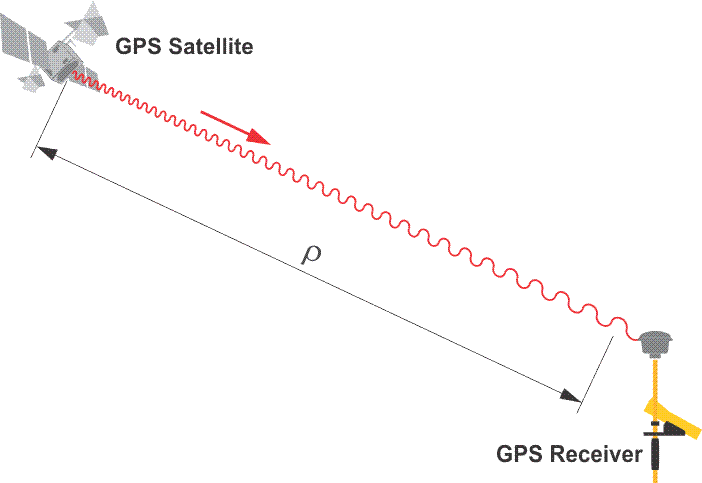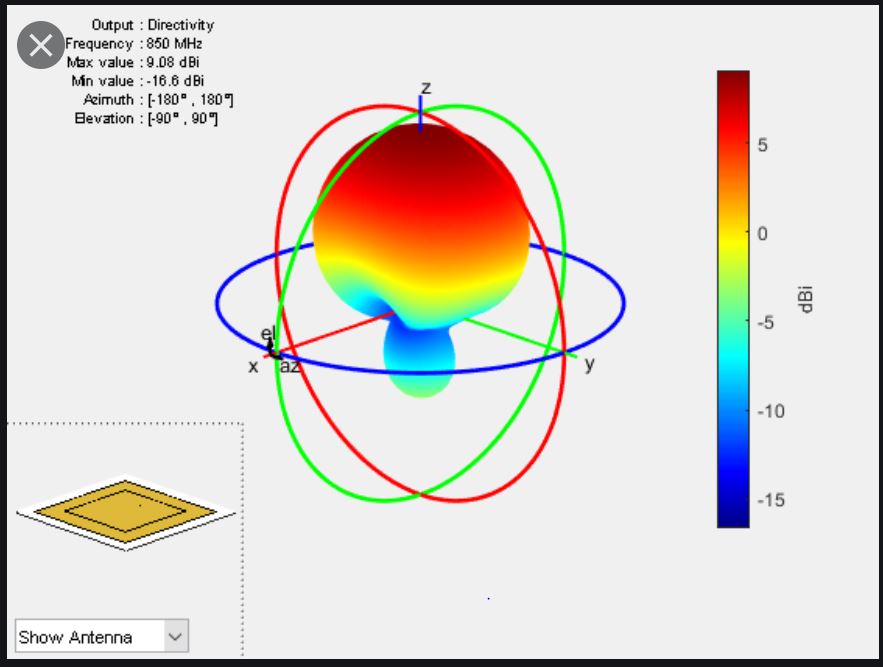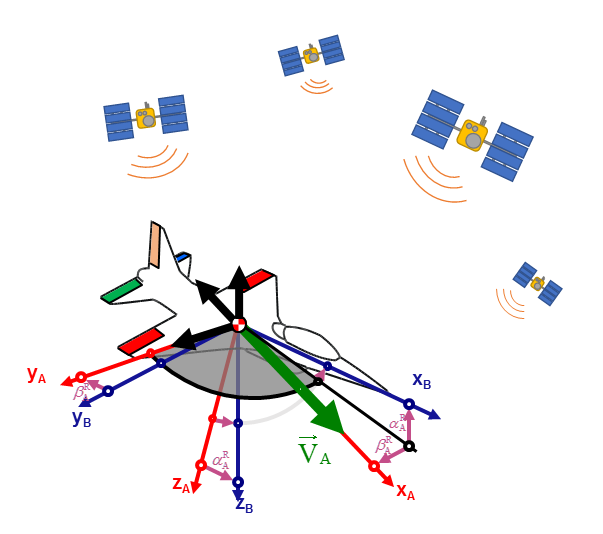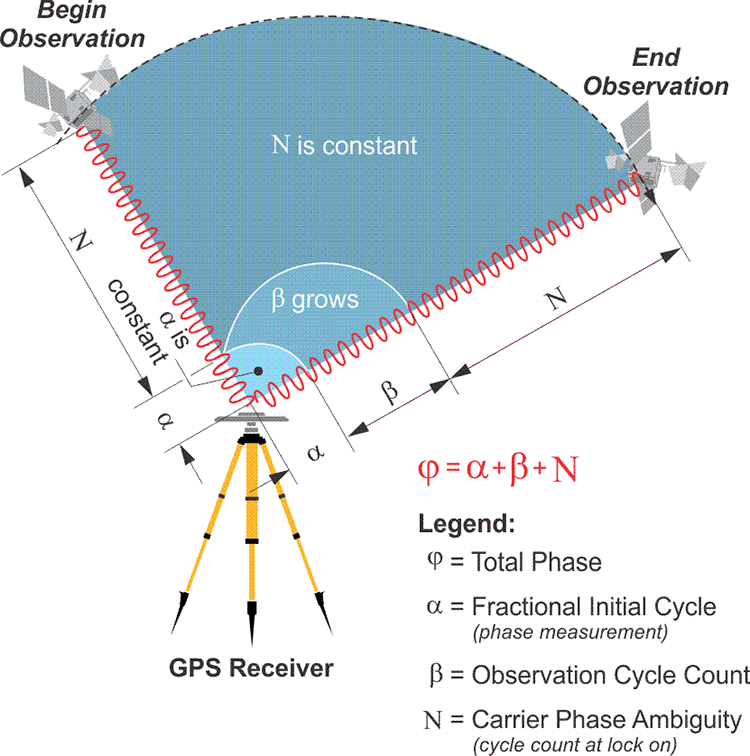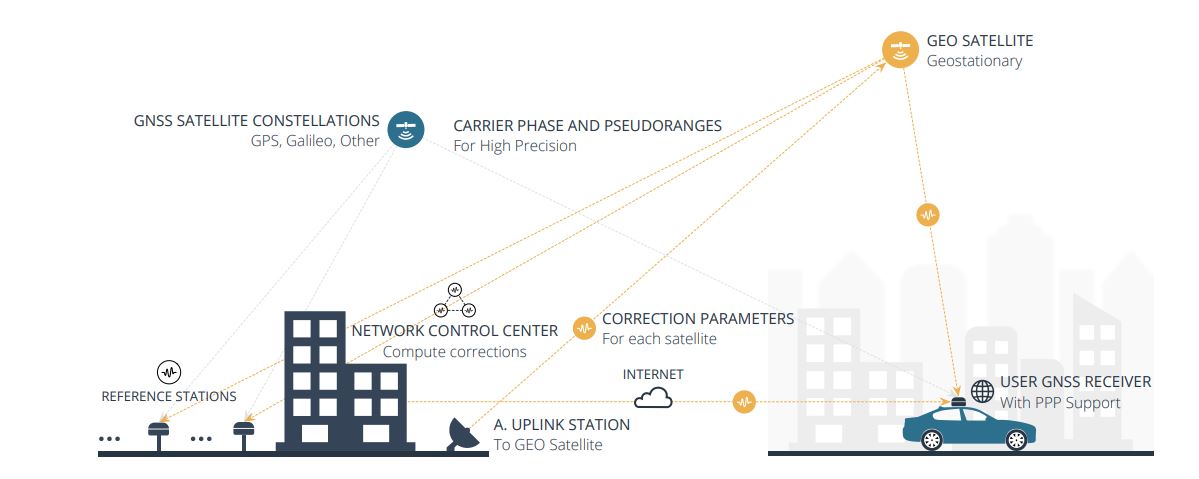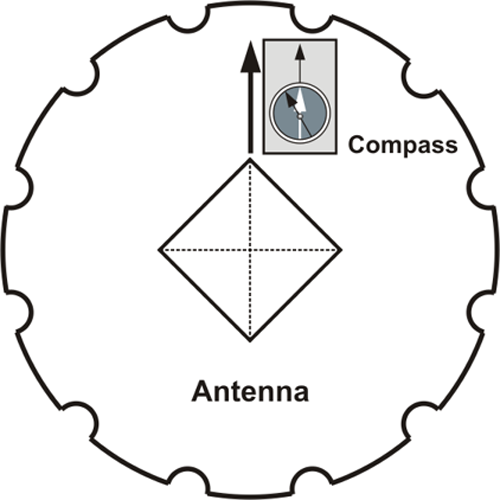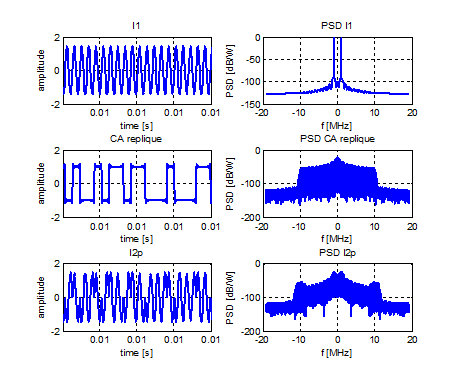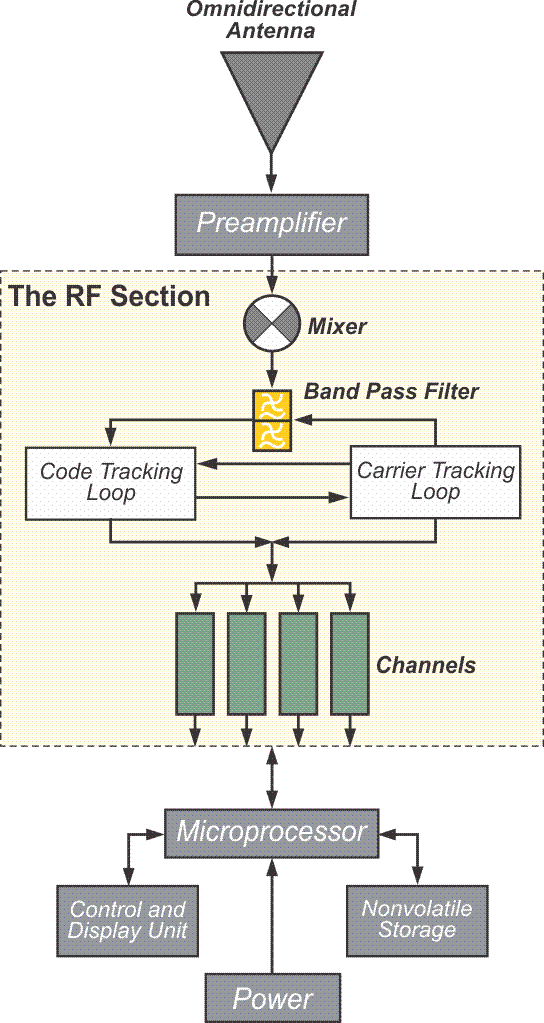
Assessment of the performance of GPS/Galileo PPP-RTK convergence using ionospheric corrections from networks with different scales | Earth, Planets and Space | Full Text

Design of a parallelized direct position estimation-based GNSS receiver | NAVIGATION: Journal of the Institute of Navigation

Sensors | Free Full-Text | An Innovative High-Precision Scheme for a GPS/MEMS-SINS Ultra-Tight Integrated System | HTML

A Unified Framework for GPS Code and Carrier-Phase Multipath Mitigation Using Support Vector Regression
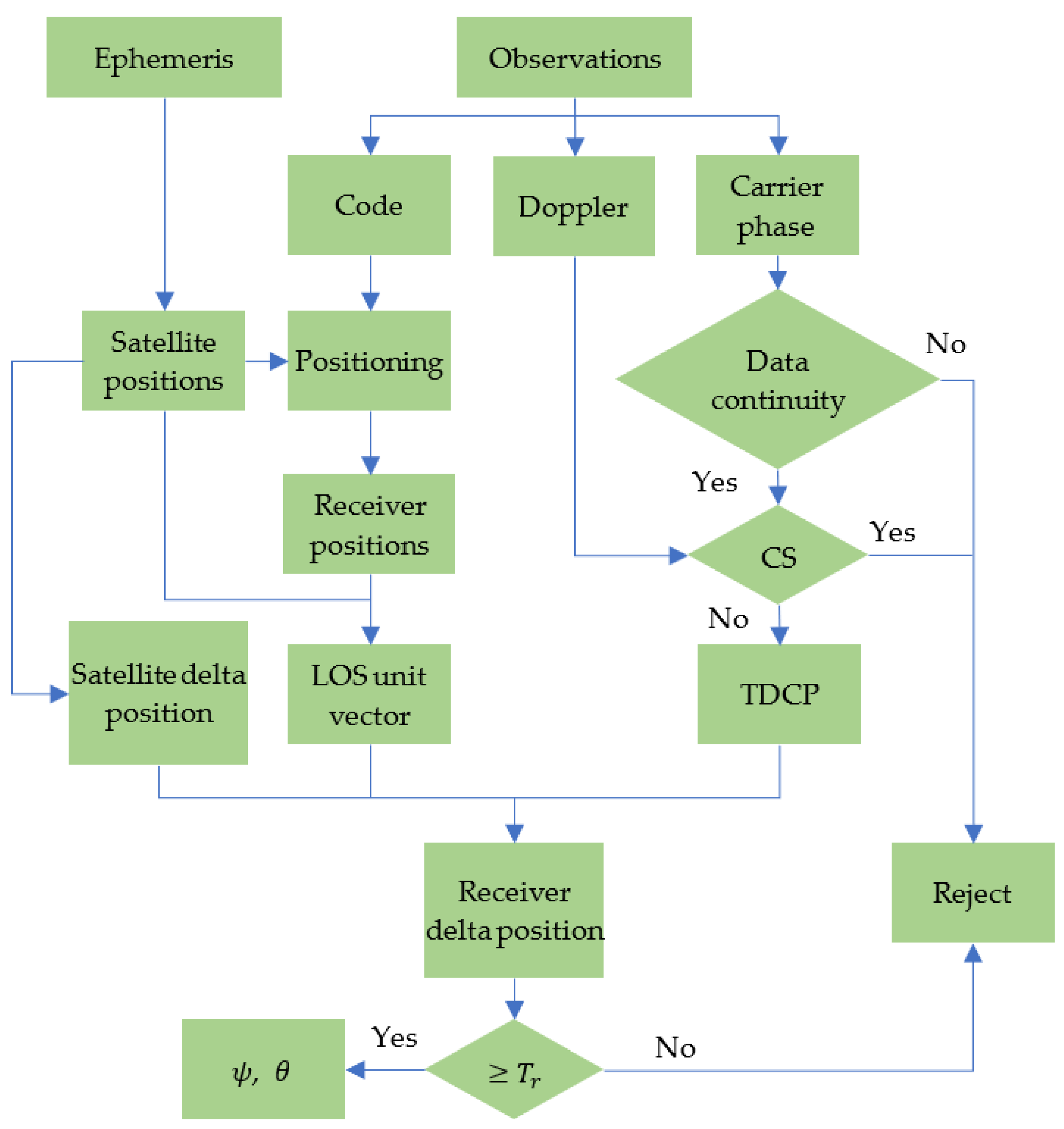
Remote Sensing | Free Full-Text | Carrier Phase-Based Precise Heading and Pitch Estimation Using a Low-Cost GNSS Receiver | HTML
High-Precision Globally-Referenced Position and Attitude via a Fusion of Visual SLAM, Carrier-Phase-Based GPS, and Inertial Meas
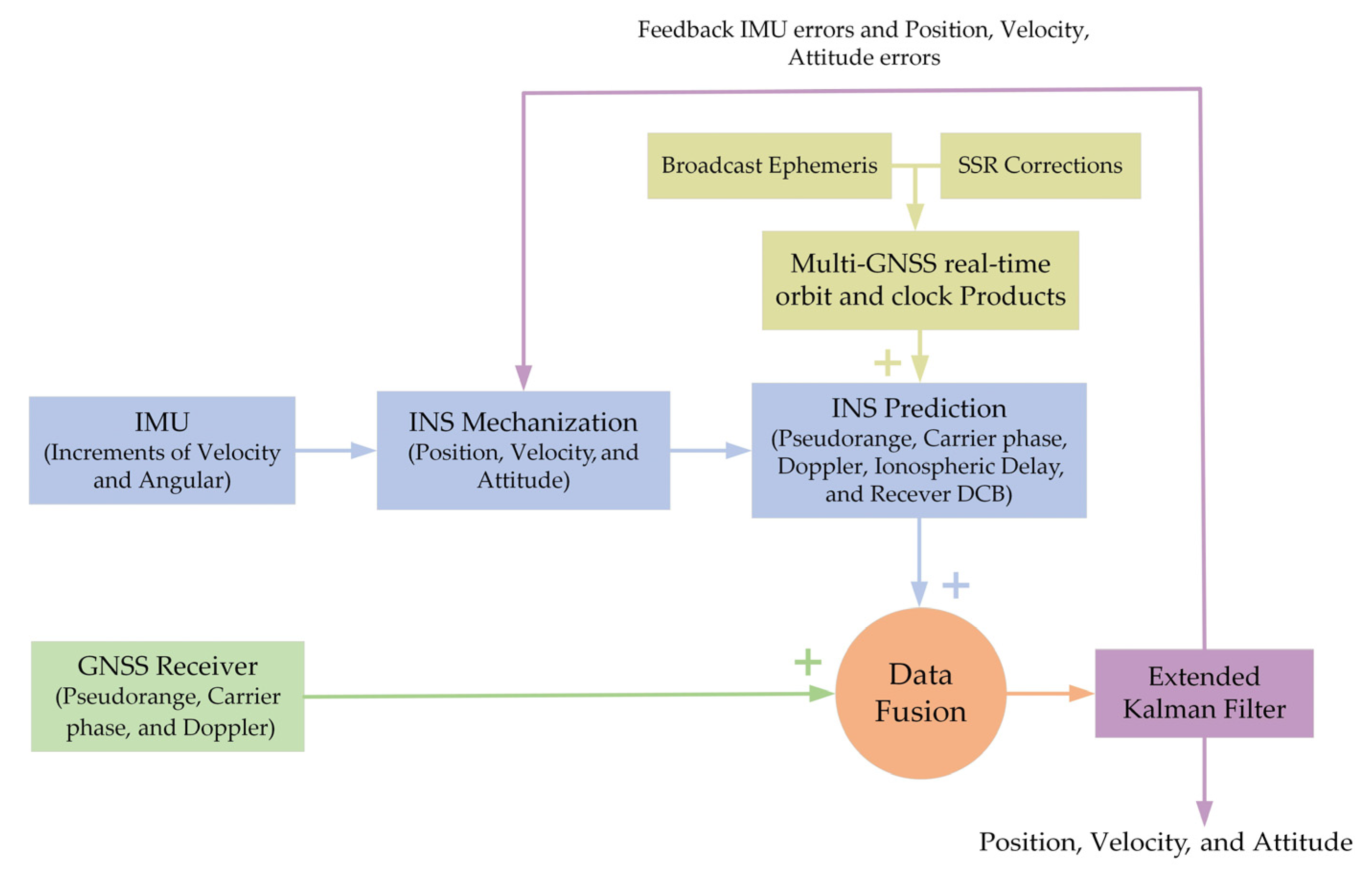
Remote Sensing | Free Full-Text | Assessment of Real-Time GPS/BDS-2/BDS-3 Single-Frequency PPP and INS Tight Integration Using Different RTS Products | HTML



